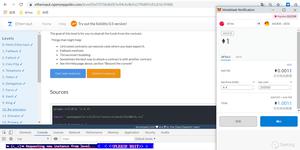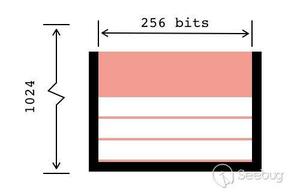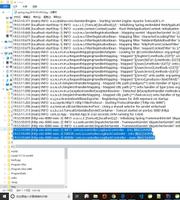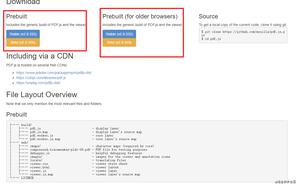如何将subprocess.call()输出推送到终端和文件?
我有subprocess.call(["ddrescue", in_file_path, out_file_path],
stdout=drclog)。我希望在运行时在终端中显示ddrescue并将输出写入文件drclog。我尝试使用subprocess.call(["ddrescue",
in_file_path, out_file_path], stdout=drclog, shell=True),但这使我在ddrescue中输入错误。
回答:
如果ddrescue将其stdout / stderr重定向到管道时仍不更改其输出,则可以使用tee实用程序在终端上显示输出并将其保存到文件中:
$ ddrescue input_path output_path ddrescue_logfile |& tee logfile如果确实如此,那么您可以尝试使用script实用程序提供一个伪tty :
$ script -c 'ddrescue input_path output_path ddrescue_logfile' -q logfile如果它直接写入终端,则可以screen用来捕获输出:
$ screen -L -- ddrescue input_path output_path ddrescue_logfilescreenlog.0默认情况下,输出保存在文件中。
要tee在Python中模拟基于命令的命令而不调用tee实用程序:
#!/usr/bin/env python3import shlex
import sys
from subprocess import Popen, PIPE, STDOUT
command = 'ddrescue input_path output_path ddrescue_logfile'
with Popen(shlex.split(command), stdout=PIPE, stderr=STDOUT, bufsize=1) as p:
with open('logfile', 'wb') as logfile:
for line in p.stdout:
logfile.write(line)
sys.stdout.buffer.write(line)
sys.stdout.buffer.flush()
tee使用shell=True以下命令在Python中调用基于命令:
#!/usr/bin/env pythonfrom pipes import quote
from subprocess import call
files = input_path, output_path, ddrescue_logfile
rc = call('ddrescue {} | tee -a drclog'.format(' '.join(map(quote, files))),
shell=True)
要模拟script基于命令:
#!/usr/bin/env python3import os
import shlex
import pty
logfile = open('logfile', 'wb')
def read(fd):
data = os.read(fd, 1024) # doesn't block, it may return less
logfile.write(data) # it can block but usually not for long
return data
command = 'ddrescue input_path output_path ddrescue_logfile'
status = pty.spawn(shlex.split(command), read)
logfile.close()
要screen在Python中调用命令:
#!/usr/bin/env python3import os
import shlex
from subprocess import check_call
screen_cmd = 'screen -L -- ddrescue input_path output_path ddrescue_logfile'
check_call(shlex.split(screen_cmd))
os.replace('screenlog.0', 'logfile')
以上是 如何将subprocess.call()输出推送到终端和文件? 的全部内容, 来源链接: utcz.com/qa/427354.html









